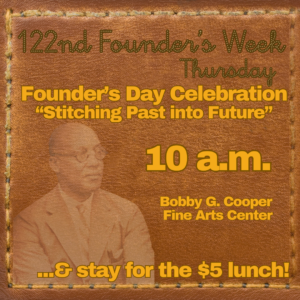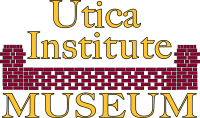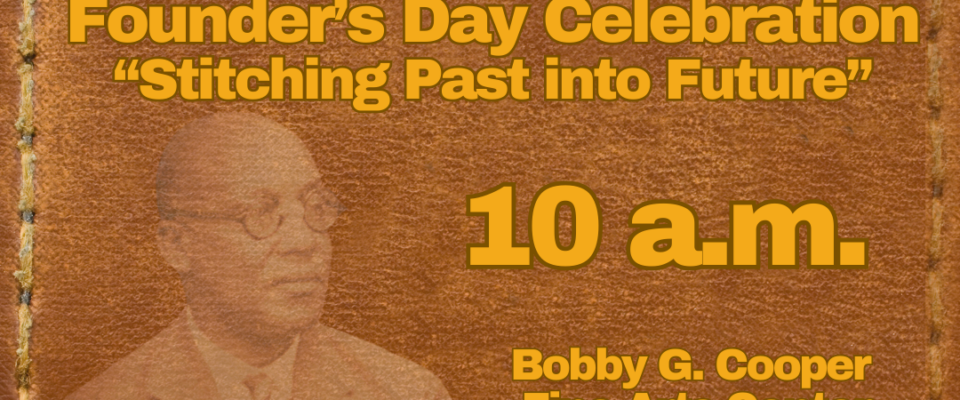
Welcome & Occasion – Miss Utica Da’Jnea Antoine
Invocation – Mr. Utica Roy Maye, Jr.
College Welcome & Acknowledgement of Special Guests – Dr. Stephen Vacik, HCC President
Special Presentation – Mayor Kenneth Broome
Holtzclaw History Moment – Jean Greene, Co-Director of the Utica Institute Museum
Holtzclaw Award Presentation – Mr. Jonathan Townes, Vice-President for Career & Technical Programs and HBCU Initiatives and Dr. Lychandra Brown, Cosmetology Instructor and Curriculum Coordinator
Real Talk Live from WHUC News 7 (click here for more from WHUC)
Host – Kemaria Seaton
Special Guests – Dr. Curtis Gore, retired Fashion Design Instructor; Mrs. Jontea Luckett-Davis, Fashion Design Instructor; and Erienne Taylor, Fashion Design alumna.
Fashion Show Segments featuring collections from Rosie Levy (“Garden of Eden”), Quianna Harrington (“Unfurgettable”), Latrenda Hudson (“Denim & Diamonds”), Erienne Taylor (“The Missing Piece”)
Farewell and Special Announcements – VP Jonathan Townes
Join us following the program in the cafeteria (J. Louis Stokes Student Union) for our special Founder’s Day lunch for only $5 with your meal coupon available at the door! Also, be sure to tour the fashion design department after lunch for their open house in the Ples McCadney Building (first floor).


About the Founder
William H. Holtzclaw (1870-1943) was born into a sharecropping family in Alabama. Trained under famed educator, Booker T. Washington, Holtzclaw made it his mission to start a “little Tuskegee” in the Black Belt of Mississippi. Arriving in Utica in 1902 with his wife’s bicycle, which he sold for $2 and a pocket watch, Holtzclaw rallied the community to start the Utica Normal and Industrial Institute in 1903. The school quickly grew from a log cabin next to St. Peter Missionary Baptist Church in Utica, to a 500 acre plot just west of Utica, before he raised funds to purchase the 2,000 acres on which the campus sits today. Carefully numbering each board, students disassembled all the buildings, loaded them onto wagons, transported them to our current location, and rebuilt the physical plant. Holtzclaw quickly added substantial buildings with the help of Northern friends, including several dormitories, classroom buildings, a printing press, farm buildings, an electric power plant, and a Rosenwald school on campus, among others. Spending up to 8 months a year fundraising up North on behalf of the students, Holtzclaw’s tireless commitment to educating all students earned him accolades across the South. In fact, Booker T. Washington regarded Holtzclaw and Utica as the best example of the Tuskegee model in the country. To learn more about Holtzclaw’s impact on Southern Black education, tour the Utica Institute Museum this afternoon!

